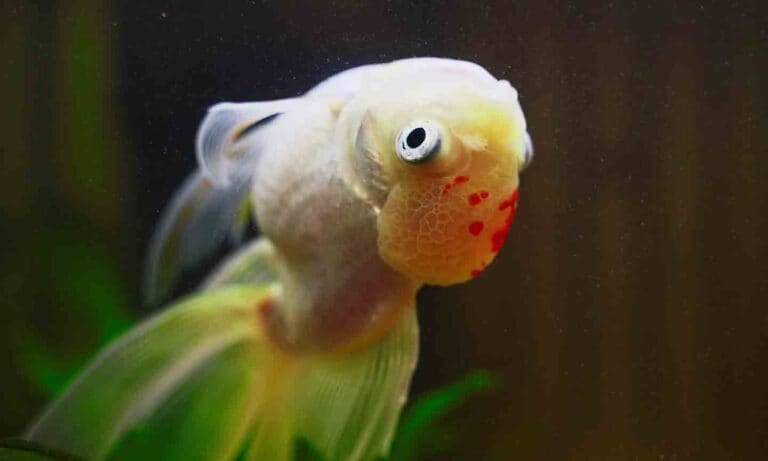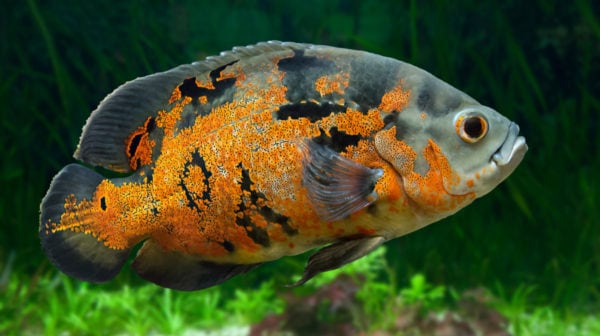Q.
I have been in the fishkeeping hobby for several years now, having had more than my fair share of luck and a few setbacks too. Having kept tanks that range in volume from 35 to 150 gallons, I now feel ready to move outdoors with my fishkeeping. Over the last year I have designed a pond that will be 12 feet long, 8 feet wide and 4 feet deep. The pond will be filtered by a trickle filter (2 feet square by 4 feet deep). The pond will be constructed of poured concrete and brick (I know most ponds use liners, but that’s not for me). The only thing that is holding up progress is difficulty in finding something that is inert and safe for fish to coat the inside of the pond walls. I live in Canada and realize that product names may be different, but any suggestions would be greatly appreciated.
A.
Concrete ponds can be “cured” and made safe for fish without any special coatings. Keep the newly constructed pond filled for a week, then drain and refill. After two weeks, drain and refill again. After three weeks, drain and refill again. Wait one additional week and drain and refill a fourth time.
The process is most effective if your water tends to be acidic: a pH under 6.5 or so. You can also aid the process by using standard swimming pool chemicals (such as sodium bisulfate) to lower the pH to below 6. In either case, the water changes are still necessary.
After this break-in period you can run a test. Wait a week after the final pond refill and then test the pH. Then place some fresh tap water in a bowl and let it sit overnight to allow oxygen and carbon dioxide levels to stabilize. Check the pH the following morning. If the reading is the same or within 0.2 units of the pond water, you can try a live fish test.
Put four to six feeder goldfish in the pond, taking care to equalize water temperature and pH differences between the pond water and their original water. Watch them carefully for several weeks. If they remain hardy and active, eat vigorously and do not exhibit strange behaviors, such as darting, listing or hovering, then the pond is ready for other fish.
However, there are two basic problems with this approach. First, it takes a long time. All totaled the test period is 10 weeks — virtually the entire summer in the northern half of the U.S. and in Canada. The second problem is that it may take much longer and many additional water changes depending on numerous variables. One never knows what will happen until it has happened.
Much of the waiting and uncertainty can be eliminated by using commercial, fish-safe pond sealers. These products might seem expensive — and it takes a lot of sealer to cover a large pond — but they are worth it.
A gallon of HERCO Liquid Neoprene, for example, runs about $80 (U.S.) and covers about 80 square feet in three coats. In general, a good seal usually requires at least three coats, so do not skimp. Your pond will need 3 to 4 gallons. I suggest buying extra because nothing is more frustrating than running out of seal the weekend you intend to fill the pond.
There are a variety of rubber- and enamel-based products also available. Again, in gallon sizes they cover about 70 to 80 square feet in three coats. These are sold by water garden suppliers under local brand names. If you cannot find any in your area try calling Waterford Gardens in New Jersey, at (201) 327-0337, or Sherer Water Gardens in New York, at (516) 261- 7432.
I would not risk the possibility of poisoning the pond (the fish) by using ordinary swimming pool sealing paints. There is no information about toxicity to fish, and some of them do incorporate toxic chemicals to inhibit algae and mildew.
Posted By: Chewy Editorial
Featured Image: Via Aaron Vowels/Flickr
Share:









